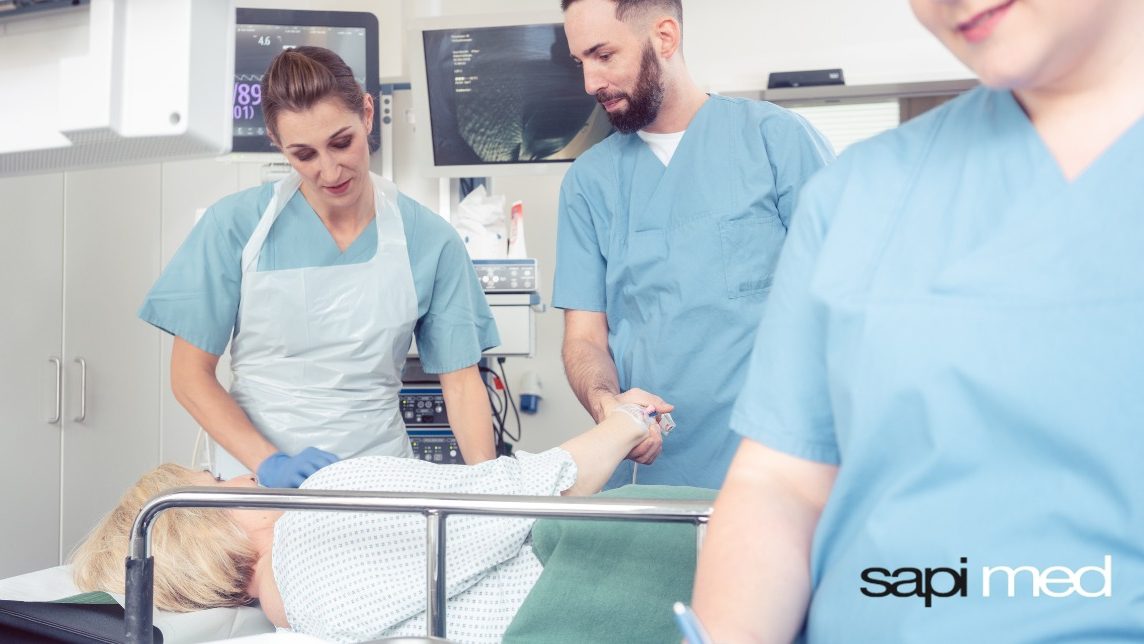This month’s article is focused on three of the most important examinations performed in proctology to diagnose diseases of the anal area: anoscopy, rectoscopy and colonoscopy. These medical examinations are often confused or not particularly clear in common parlance. The aim of this article is to shed light on the differences between methods, preparations and procedures.
ANOSCOPY
Anoscopy is the endoscopic examination of short duration (about 15 minutes) performed by the proctologist, with which it is possible to visualise the anal canal through the introduction of an anoscope. Anoscopy allows the presence of possible anorectal pathologies such as anal fissures, haemorrhoids, other pathologies that cause rectal bleeding, but also the detection of neoplasms that are often asymptomatic and are discovered during investigations for other pathologies. To facilitate proper visualisation of the anal canal, an enema may be requested at the doctor’s discretion the day before the examination and a few hours before the examination. The examination is not painful, is generally uncomfortable as the diameter and length of the anoscope are particularly small and is adequately lubricated by the operator before insertion.
RECTOSCOPE
Rectoscopy is a short endoscopic examination (between 15 and 30 minutes) that allows direct observation of the rectal canal, i.e. the upper part of the anus. This examination provides specific information on the inner surface of the canal and allows for more in-depth diagnostic examinations such as biopsy samples of the mucosa. Rectoscopy is performed through the use of the rectoscope, a tubular device of variable length with a rubber plunger through which the operator can insufflate air into the rectum, stretching the walls of the intestine further and facilitating observation. Rectoscopes are designed so that a light source and camera can be connected to them.
COLONSCOPY
Colonoscopy is an instrumental technique for observing the lower part of the digestive tract constituted by the rectum, sigma, colon and terminal ileum. This diagnostic examination is indicated even in the absence of diagnostic suspicions of specific pathologies: in fact, it is essential to perform a colonoscopy in the presence of risk factors, such as occult blood in the faeces and the probability of developing colorectal cancer (particularly in the over-50 population). This is why some screening programmes have been set up for the population. To avoid pain for the patient, colonoscopy is performed using sedation. In this way, the specialist doctor can freely perform all the manoeuvres necessary to provide a complete diagnosis. Colonoscopy is performed through the progressive introduction into the anal canal of a flexible probe equipped with systems that allow the introduction of liquids or gases necessary to ensure a proper view of the inside of the colon, as well as the insertion of biopsy forceps, needles, and instruments for the removal of polyps. In order for the examination to be successful, it is necessary to follow a special preparation for cleansing from all residues in the body. Preparation involves a low-fibre diet for the three days before the examination, and taking laxative drugs. Post colonoscopy, some patients may complain of mild discomfort such as diarrhoea, constipation, meteorism, abdominal cramps, mental fatigue and exhaustion; these side effects disappear within 24 hours.
The contents of this page are for informational purposes only and should in no way replace the advice, diagnosis, or treatment prescribed by your physician. Responses to the same treatment may vary from patient to patient. Always consult your doctor regarding any information related to diagnoses and treatments, and meticulously follow their instructions.



